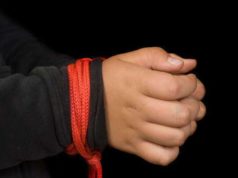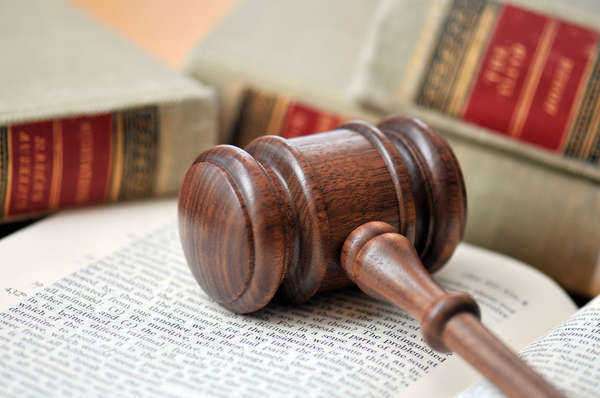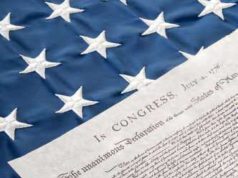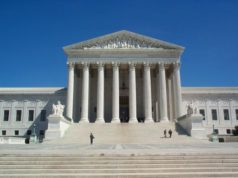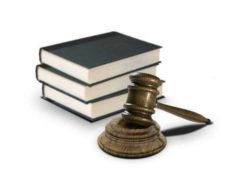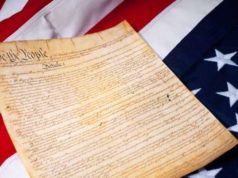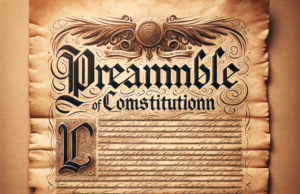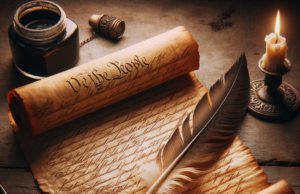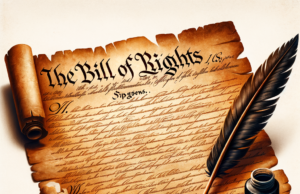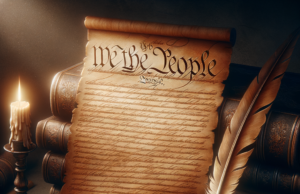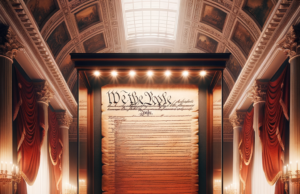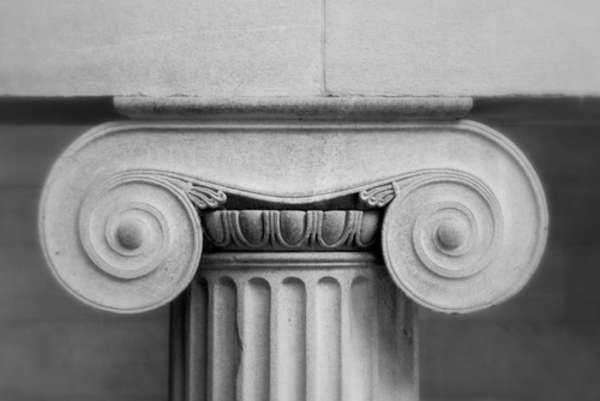
The First Amendment of the United States Constitution, adopted in 1791 as part of the Bill of Rights, protects the freedom of speech, religion, assembly, and press, as well as the right to petition the government for a redress of grievances. The amendment’s broad language has provided the foundation for countless debates about the limits of free speech and expression, particularly in the context of political and social dissent. The Supreme Court’s interpretation of the First Amendment has shaped the contours of American democracy and has been a key factor in the evolution of U.S. political, legal, and social culture.
In this article, we will explore the Supreme Court’s role in interpreting the First Amendment and shaping American culture over the past several decades. We will also discuss some of the most significant First Amendment cases, exploring the nuances and complexities of the Court’s reasoning in each case.
The Supreme Court and the First Amendment: A Brief History
The Supreme Court’s interpretation of the First Amendment has undergone significant evolution over the past two centuries. In the late nineteenth and early twentieth centuries, the Court largely interpreted the First Amendment narrowly, allowing the government to restrict speech and expression in the interest of public safety or order. For example, the Court upheld laws that banned certain forms of speech, such as “fighting words” or speech that might incite violence. The Court also upheld the government’s right to regulate speech in certain contexts, such as in schools or in the workplace.
However, beginning in the 1960s and continuing through the 1970s, the Court adopted a more expansive interpretation of the First Amendment. In a series of landmark cases, the Court ruled that the First Amendment protected a wide range of expression and that the government could only restrict speech in limited circumstances.
One of the most significant First Amendment cases was New York Times v. Sullivan, decided in 1964. In this case, the Court held that the First Amendment protected criticism of public officials, even if that criticism was false. The case arose when the New York Times published an advertisement criticizing the Montgomery, Alabama police department for its treatment of civil rights protesters. One of the police commissioners, L.B. Sullivan, sued the Times for libel, arguing that the ad contained false information. The Court rejected this argument, holding that the First Amendment provides strong protection for criticism of public officials, and that the government could only restrict such speech in cases of “actual malice” or intentional falsehood.
Another significant First Amendment case was Tinker v. Des Moines Independent Community School District, decided in 1969. In this case, the Court held that students in public schools have the right to express their opinions on political and social issues, as long as that expression does not disrupt the educational process. The case arose when several students in Des Moines, Iowa wore black armbands to school to protest the Vietnam War. The school suspended the students, arguing that the armbands were disruptive to the educational process. The Court rejected this argument, holding that the students’ expression was protected by the First Amendment and that the school could only regulate speech if it caused a significant disruption or interfered with the rights of others.
In several subsequent cases, the Court continued to expand the protections of the First Amendment. For example, in Brandenburg v. Ohio (1969), the Court held that the government could only restrict speech if it incited imminent lawless action. In Cohen v. California (1971), the Court held that wearing a jacket with an offensive message was protected by the First Amendment. In Texas v. Johnson (1989), the Court held that flag burning was protected political expression.
Despite these protections, First Amendment rights are not absolute. The Court has continued to recognize that the government can restrict speech in certain limited circumstances. For example, the Court has upheld laws that regulate speech that incites violence or that threatens national security. The Court has also allowed the government to regulate certain types of speech, such as obscenity, that are deemed to lack any social value.
Recent First Amendment Cases
The Court’s interpretation of the First Amendment has continued to evolve in recent years, as it has confronted new challenges related to speech and expression in the digital age. Several recent cases have highlighted the complexities of the Court’s First Amendment jurisprudence.
One of the most significant recent cases was Citizens United v. Federal Election Commission, decided in 2010. In this case, the Court held that restrictions on corporate and union spending in political campaigns violated the First Amendment’s protection of free speech. The case arose when Citizens United, a conservative political advocacy group, challenged a federal law that restricted independent expenditures by corporations and unions in electoral campaigns. The Court held that these restrictions were unconstitutional, arguing that corporate and union speech is entitled to the same protections as individual speech.
The Citizens United decision was controversial, as many argued that it opened the door for unlimited money to flow into political campaigns. Critics contended that the decision would allow wealthy corporations and individuals to wield undue influence over the political process, drowning out the voices of ordinary citizens. Others defended the decision as a defense of free speech and argued that it would lead to a more vibrant and robust democratic dialogue.
Another recent First Amendment case was Masterpiece Cakeshop v. Colorado Civil Rights Commission, decided in 2018. In this case, the Court held that a baker who refused to make a wedding cake for a same-sex couple on religious grounds was protected by the First Amendment’s free speech and free exercise clauses. The case arose when Jack Phillips, the owner of Masterpiece Cakeshop, refused to make a wedding cake for a same-sex couple, arguing that it would violate his religious beliefs. The couple filed a complaint with the Colorado Civil Rights Commission, which ruled that Phillips had violated state anti-discrimination laws.
The Court held that the Commission’s ruling violated Phillips’ free speech and free exercise rights under the First Amendment. The Court argued that compelling Phillips to create a cake for the couple would force him to express a message that went against his deeply held religious beliefs. However, the Court did not address the broader question of whether businesses can refuse service to same-sex couples, leaving that issue unresolved.
Conclusion
The Supreme Court’s interpretation of the First Amendment has been one of the most significant contributions to American law and culture over the past several centuries. Through its landmark decisions, the Court has expanded the protections of free speech and expression, recognizing that these rights are essential to a vibrant and robust democracy. However, the Court’s First Amendment jurisprudence is complex and nuanced, and it continues to evolve as new challenges emerge in the digital age. By closely examining the Court’s First Amendment cases and reasoning, we can gain a deeper understanding of the meaning and significance of free speech in American society.
The First Amendment to the Constitution is part of the Bill of Rights, which is a series of Amendments that provides Congress with limitations. The Bill of Rights prohibit Congress from making any law that violates the establishment of religion, free press, speech, interfering with the rights of a peaceful assembly, or prohibiting any petition to address grievances. At first, the First Amendment was only extended to Congress. By the Twentieth Century, the First Amendment applied to each State, including all local governments.
When the Constitution of the United States was first delivered, some representatives opposed its implementation because of its lack of guarantees for civil liberties. In order to cover this request the 1st Amendment was enacted with the Bill of Rights and adopted in 1791.The First Amendment addressed such views regarding freedom of religion, wherein the Supreme Court implemented neutral governmental actions regarding religion. The First Amendment also addressed an individual’s right to freedom of speech.
The Supreme Court did not implement the necessity to exercise one’s freedom of speech until the 20th Century. Actually after World War I, the Supreme Court was approached with several cases limiting the rights to the freedom of speech. The Espionage Act of 1917 sentenced a person to the maximum of 20 years for anyone found guilty of acts of insubordination, disloyalty, or refusal of duty in the military or naval forces. During the time when this Act was enforced, many people were sentenced for exercising their own free will. One example was of a filmmaker who was sentenced to 10 years in prison for this portrayal of the British soldiers during the American Revolution.
The Sedition Act implemented in 1918 further restricted individuals from expressing their own views. This Act stated that it was a criminal offense for anyone to exhibit disloyal, insulting, or abusive language against the Government.
The Supreme Court shaped the 1st Amendment to allow a multitude of restrictions on speech. Justice Edward Sanford suggested that states could apply punishment to words that by their very nature involved danger to the public peace as well as state security. Freedom of speech did not become an influence to the American Government until 1940.
The 1st Amendment also applied freedom of speech to war protests in the 1960s, with limitations. Depending on the form a protest a person could be held liable for their actions. The Government prohibited the act of individuals mutilating any draft card given by the military, feeling that it would interfere with efficiency of the draft system. In the same regard, the Court also found that under the 1st Amendment a person could not be punished for wearing a jacket with offensive views towards the draft.
Other measures towards a person’s freedom of speech were expanded under the 1st Amendment over time. These expansions were necessary in accordance with the cases that held a person in contempt because they chose to express their views on governmental politics. Other expansions on a person’s freedom of speech were delivered on issues that many Americans would see as normal practices of self-expression.

